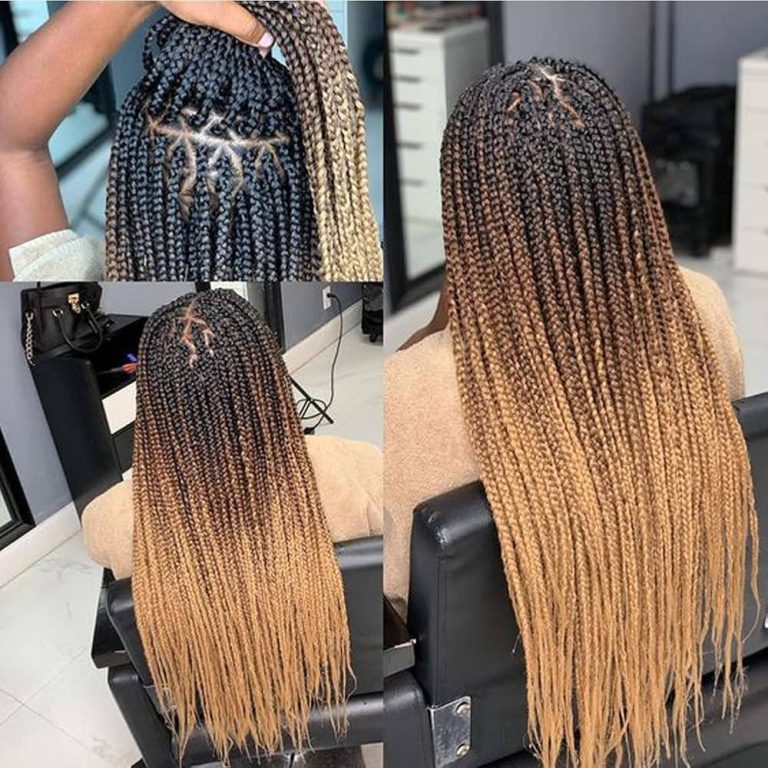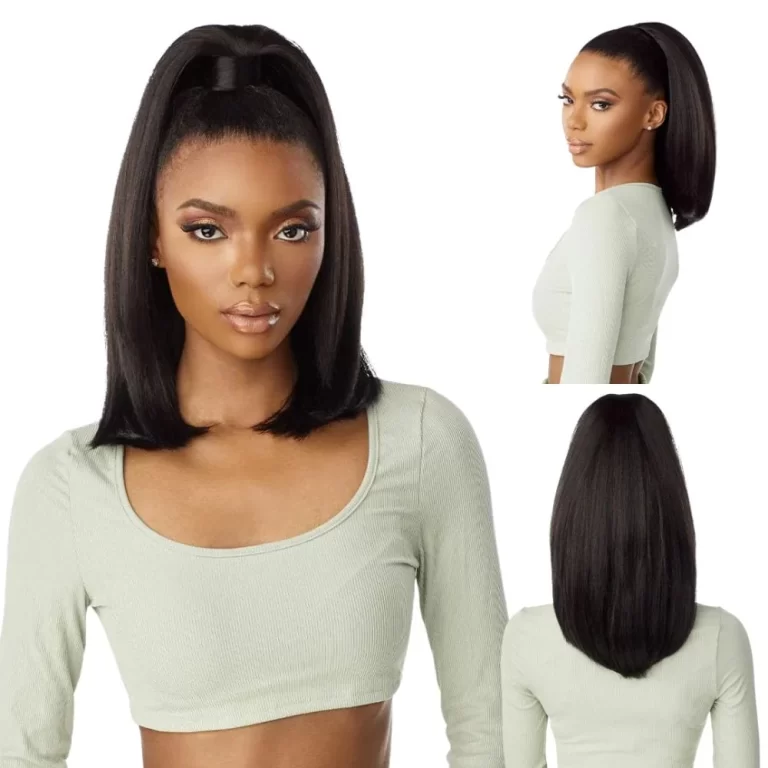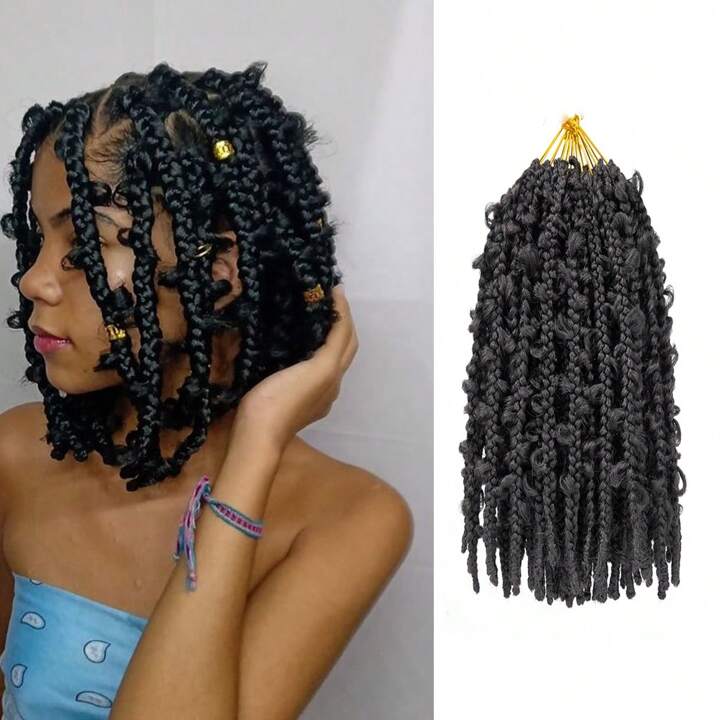
Optimal Time for Braids: Balancing Growth & Hair Health
Overview of Braiding as a Protective Style
Braiding stands out as a top choice for protective hairstyling. It shields hair strands, especially for those with texture 4 hair. This method can help reduce daily wear from styling and environmental factors, leading to less damage. As a protective style, braids allow hair to rest and potentially grow without interference. How long to leave braids in for growth? Yet, like all good things, there is a balance to strike.
Some may wonder how long to leave braids in for growth. It’s tempting to keep them for extended periods for their low maintenance. But, it’s crucial to listen to your hair’s needs. Braids that stay in too long can do more harm than good. We’ll explore the signs indicating it’s time to remove your braids and discuss the best practices. This balance favors hair health and promotes growth. Let’s delve into this topic for a deeper understanding and optimal hair care outcomes.
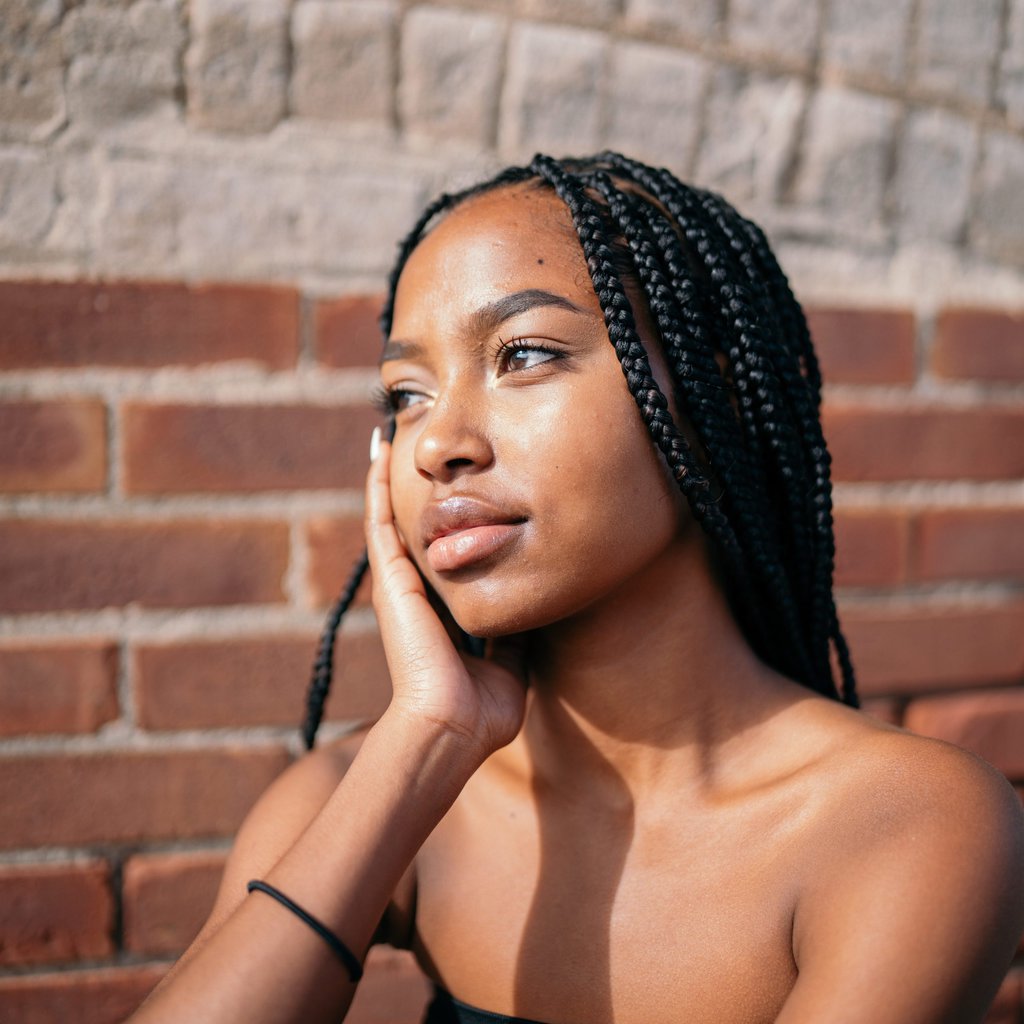
Signs You Should Remove Your Braids
As one enjoys the low-maintenance nature of braids, it’s critical to recognize when they’ve overstayed their welcome. The tell-tale signs that it’s time to remove your braids include itchiness, discomfort, and noticeable buildup on the scalp. Overstaying can harm your textured 4 hair and counteract the initial protective benefits. How long to leave braids in for growth? Don’t overlook any warning signs; early intervention is the key to maintaining healthy hair.
Itchiness and Discomfort
When your scalp starts to itch beyond the usual, or when you feel any discomfort, it’s a warning. It says, “take a closer look.” Continuous itching could signal that your scalp is struggling under the weight of the braids and the buildup of product.
Noticeable Buildup on the Scalp
A clear sign to free your tresses is visible buildup. It’s a mixture of products, dead skin, and natural oils. If you spot any whitish flakes or clumps at the base of your braids, it’s time. Ignoring such signs can lead to more severe scalp issues.
Prolonged Tension and Soreness
Long-term braids can put excess stress on your hair roots. If your scalp feels sore or you notice any bumps around the braid base, consider it a red flag. Constant tension can weaken hair follicles, which might lead to hair loss.
Frizz and Limpness
Another indicator is when your braids begin to frizz excessively or look limp. This can mean your natural hair is craving freedom and needs immediate attention and care.
Pay close attention to these signs and take action to avoid any lasting damage to your type 4 hair. Removing braids promptly when these symptoms show up will ensure the health of your hair and scalp.
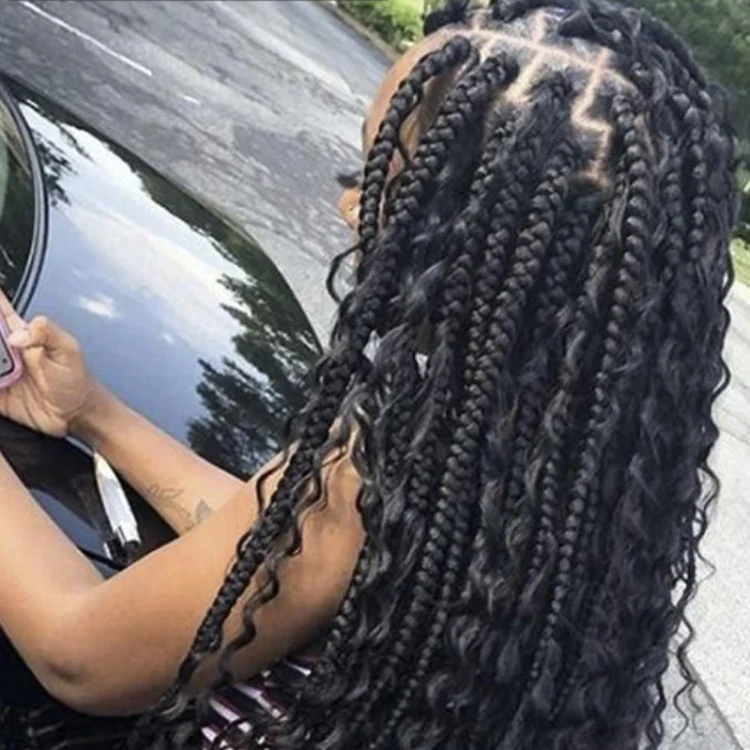
The Consequences of Keeping Braids Too Long
Extended wear of braids can lead to unintended negative consequences. How long to leave braids in for growth? Though it’s convenient to maintain this style for extended periods, the health of your type 4 hair should remain a priority. Persistent tension and lack of proper care may invite problems.
Dry and Brittle Hair
Leaving braids in beyond the recommended time can strip your hair of its natural moisture. Over time, your hair may feel stiff and fragile. Nourishment becomes harder as braids shield the hair, preventing effective moisture absorption. Pay attention to any signs of dryness and act promptly to revive your hair’s vitality.
Increased Shedding and Breakage
While some shedding is normal, excessive hair loss isn’t. If you notice more strands than usual, it’s a red flag. Brittle strands trapped in braids for too long are prone to snapping. Don’t wait until you encounter alarming amounts of hair fall; schedule time to let your hair relax and rebuild.
Scalp Hygiene Challenges
Neglecting scalp hygiene can lead to odors, build-up, and potentially infections. Over an extended period, the scalp can become a breeding ground for bacteria. Ensure you cleanse regularly, avoiding the pitfalls of long-term braiding where hygiene suffers. Listen to your hair and scalp’s needs for a healthier and thriving natural hair journey.
The Surprising Benefits of Long-Term Braiding
While it’s important to be cautious of keeping braids for too long, there are also notable benefits that come with longer-term braiding. Managing the drawbacks with proper care and attention allows you to enjoy these advantages.
Potential for Significant Hair Growth
One of the most appealing aspects of long-term braiding is the potential for significant hair growth. As your natural hair rests from the daily stresses of styling, it can thrive. The reference blog mentions an impressive amount of growth after three months of braid wear. However, to ensure this growth benefits your hair, you must balance it with proper maintenance.
Low Maintenance and Consistent Styling
Another perk of keeping braids in for extended periods is the reduced daily maintenance. You don’t have to style your hair every day, which saves time and reduces stress on your hair. Plus, braids offer a consistent, put-together look that lasts. You can wake up ready to go with a style that looks good even months in. Just remember, even low-maintenance styles require some care to keep your scalp and hair healthy.
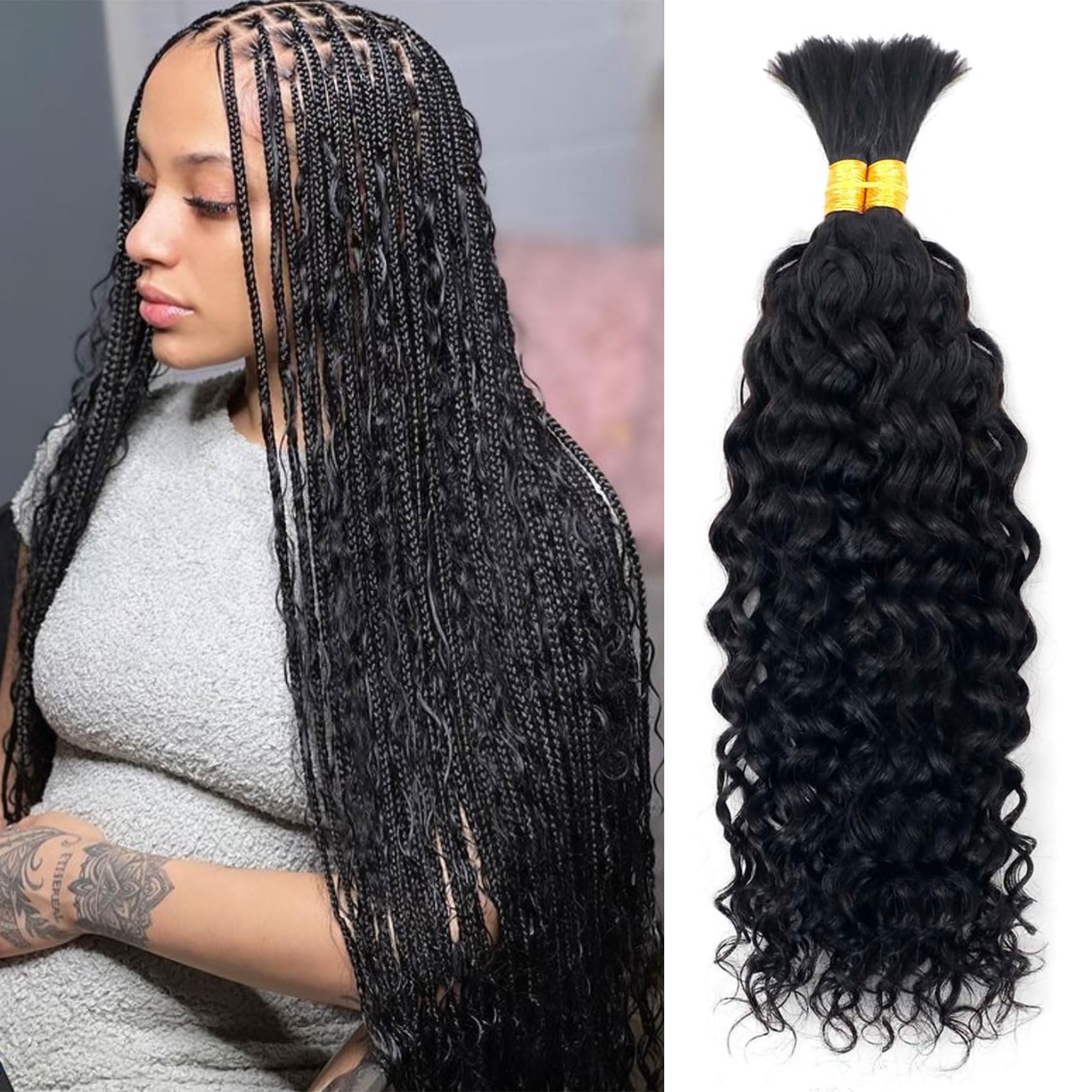
Best Practices for Maintaining Braids and Scalp Health
Keeping your braids looking fresh and your scalp healthy requires careful maintenance. Here are the best practices to follow:
- Moisturize Regularly: Even with braids, it’s crucial to keep your hair and scalp moisturized. Use a spray or leave-in conditioner specifically for textured hair. Do this at least twice a week.
- Cleanse Your Scalp: Use a gentle shampoo or a cleansing spray to clean your scalp. This helps prevent buildup and keeps odors at bay.
- Protect Your Hair at Night: Wear a silk or satin scarf or use a pillowcase made from these materials. They help reduce friction and prevent frizz.
- Limit the Use of Heavy Products: Heavy oils and creams can cause buildup. Go for lighter products that won’t weigh down your braids.
- Avoid Excessive Tension: When styling your braids, make sure not to pull too tightly. This can prevent stress on your scalp and edges.
- Listen to Your Hair: If your hair begins to feel overly dry or you notice more shedding, it may be time to remove the braids.
By following these practices, you can enjoy the growth benefits of braids without the negative consequences. It’s a balance between enjoying the ease of braided styles and taking the necessary steps to maintain hair and scalp health.
When to Retire Your Braids: A Timeline for Hair Growth
So, how long to leave braids in for growth? Let’s unravel this timeline. Braiding advocates often suggest a sweet spot of four to six weeks. This is a sensible duration that balances protection with the need to maintain hair health. Respecting this timeline means you can nurture hair growth without overstepping into the territory of damage. Here’s why:
- Four Weeks: At this point, your braids are still relatively fresh. Your hair has enjoyed a break from daily manipulation, which is favorable for growth. It’s the ideal time to assess and possibly give your scalp a mild cleanse while maintaining moisturization.
- Six Weeks: By the six-week mark, your hair has had a substantial rest. However, it might start showing signs of needing release. You may notice new growth at the roots, which could add tension. It’s at this juncture where you should consider scheduling a take-down session.
What about those who push beyond the six-week limit? As tempting as it might be for added convenience or by believing in enhanced growth, it’s a risky gamble. Pushing past this recommended window increases the likelihood of encountering the cons discussed earlier: dryness, breakage, and poor scalp hygiene. More so, keeping braids longer can mask issues like matting or knotting, risking severe hair damage when detangling.
Every head of hair is unique. Some may experience faster growth and require braid removal sooner. Others can comfortably stretch to the six-week point without issue. Listen to your hair and pay attention to the signs it gives. Remember, the goal is healthy hair, not just length. Performance of regular maintenance, as outlined in the best practices, enhances the growth benefits of braids without compromising hair health.
In summarizing, a disciplined approach to braid wear—knowing when to set them free—is vital for both hair growth and overall scalp and hair health. Always prioritize the long-term well-being of your textured 4 hair over the short-term appeal of prolonged braid wear.
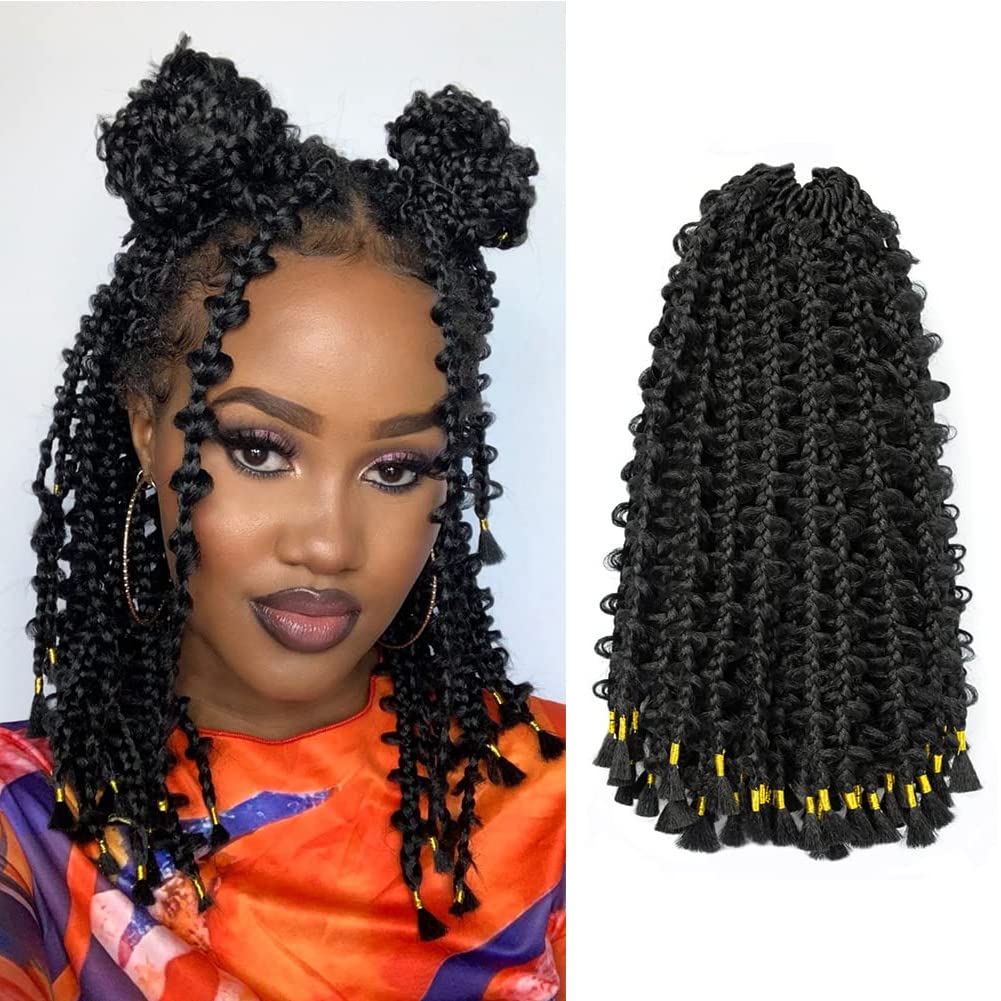
Personal Experiences with Extended Braid Wear
Embracing braids for their beauty and ease does come with stories to tell. Many people, much like the blogger from our reference, report varied experiences with extended braid wear. Let’s delve into real accounts of wearing braids for over a month and their impact on natural hair growth and health.
For those with texture 4 hair, a journey beyond the suggested four to six weeks can enlighten us on what truly happens. Some find that their hair thrives, showing remarkable growth when braids are kept in place longer. The gratitude for such growth is clear when you finally let your hair down, and the length is noticeably and satisfyingly longer.
However, not all that glitters is gold. There are tales of dry, brittle strands greeting them upon release. This often results from moisture being blocked from penetrating the hair shaft effectively. Moreover, the nightmarish amounts of shedding can be alarming. It can set a heart racing to see the fallen hair that could outweigh the gains of growth.
Scalp hygiene turns into a challenge for many. An extended period without a proper wash can attract a bad smell, a warning sign of needed care. To regain the natural hair charm, it can take multiple washes and deep conditions before the scalp feels revitalized.
Among the stories, there are positive notes too. Tales of waking up with a style ready to go, and extensive hair growth despite some shedding. These experiences show us that with some good practices in place, long-term braiding might just be a worthwhile venture.
To sum it up, experience varies widely when you leave braids in for growth. It highlights a delicate balance between convenience, style, and hair health. The key takeaways are to listen to your hair, provide regular care, and know when it’s time to undo the braids to preserve your natural hair’s well-being.
